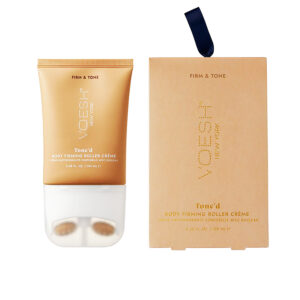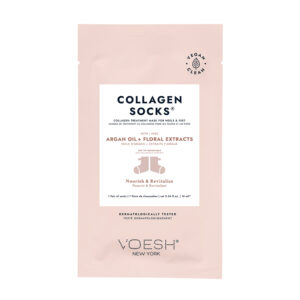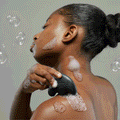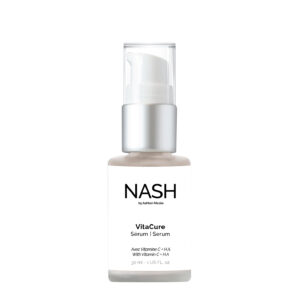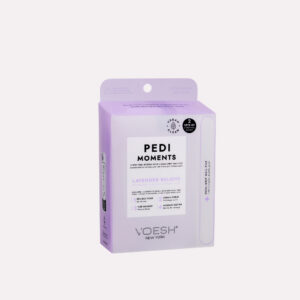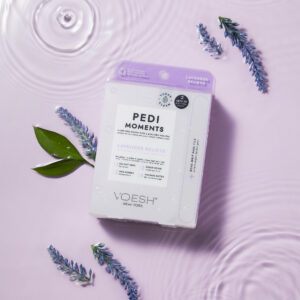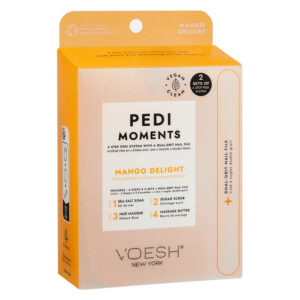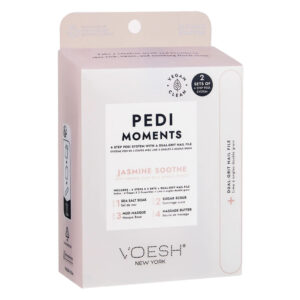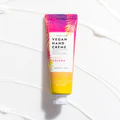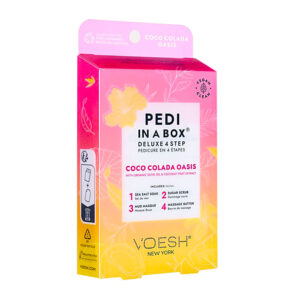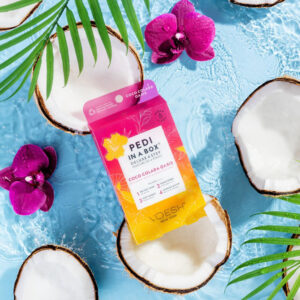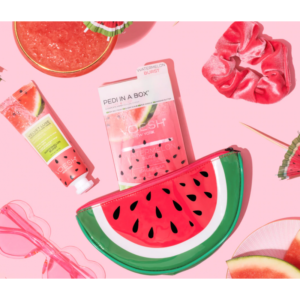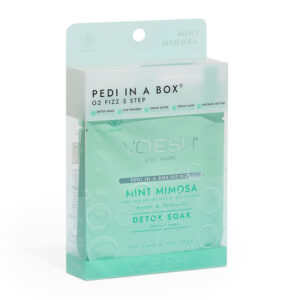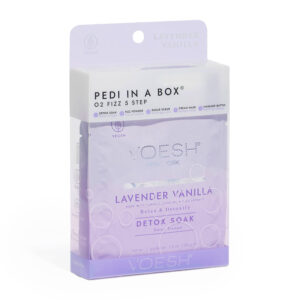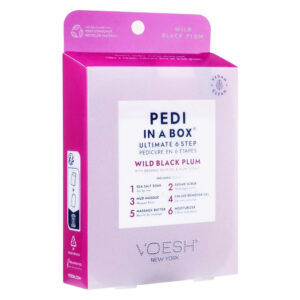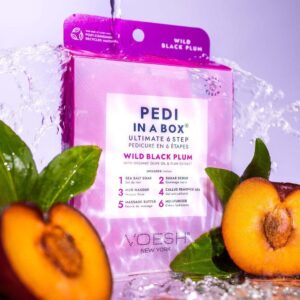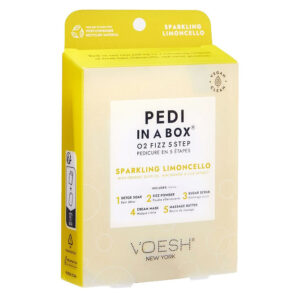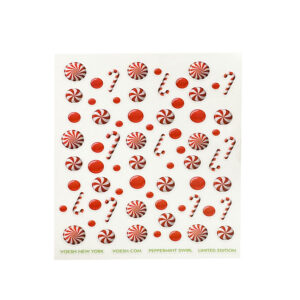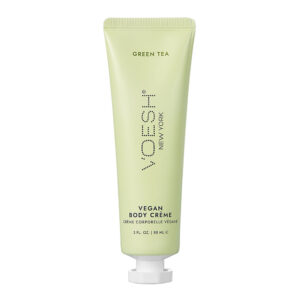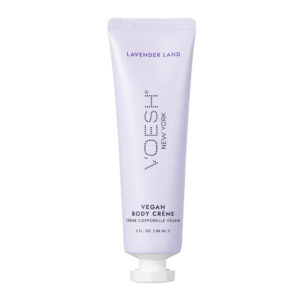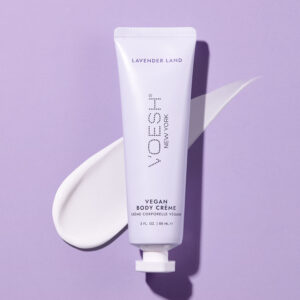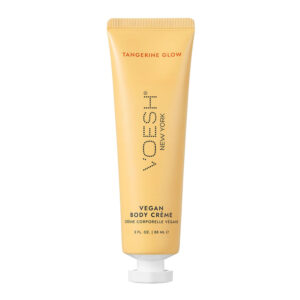Subtotal: $21.90
Beauty Secrets, How-To, Skin Solutions
Dry Or Dehydrated?
Truly knowing your skin is essential in order to take proper care of it. Given that your skin adapts to different seasons, it is not always easy to understand your skin’s needs. One of the most common diagnostic errors in winter is to confuse “dry” skin with “dehydrated” skin. Mis-evaluating one’s skin can lead to an incorrect choice of one’s skincare products; which in turn results in contributing to persistent symptoms. Here are some tips that will finally help you to understand the difference between dry skin and dehydrated skin.
COMMONALITIES
Why is it so easy to confuse dry skin with dehydrated skin? Quite simply because they have several points in common! Here are the symptoms found in both dry and dehydrated skin:
- Feelings of tightness and sometimes even tingling
- Appearance of small wrinkles
- Rough to the touch
- The possibility of small localized redness
DIFFERENCES OF DRY SKIN
Dry skin is a type of skin. That is to say, dryness is a permanent state of the skin. Dry skin is a skin type that naturally lacks lipids or fats. Specifically, it is a skin that does not produce enough sebum, which affects the quality of its protective hydrolipidic film. Since dry skin no longer performs its “barrier” function, water evaporates more easily. That’s why “dry” skin is both dry and dehydrated.
The signs of dry skin:
- Tightness and permanent discomfort of the skin
- Rough to the touch
- “Crocodile skin” effect and skin peeling
- Pores are barely visible
- Marked wrinkles and fine lines
- Difficulty for skin care to penetrate the skin
Solutions for dry skin
- Firstly, it is important to exfoliate dry skin at least 2 times a week. In fact, dead cells act as a barrier to the proper absorption of skin care products. It is preferable to choose an exfoliant without micro beads.
- Use a moisturizing and nourishing cream rich in lipids and water-capturing agents. Lipids will provide more flexibility and protection to the skin and prevent the signs of dryness. The “water capturing” agents will retain water in the skin and prevent dehydration. For very dry skin, it is important to add a regenerative and restorative oil composed of, for example, borage seed oil, evening primrose oil, argan oil and avocado oil to your skin care routine.
DIFFERENCES OF DEHYDRATED SKIN
Dehydrated skin is skin that lacks water. The hydrolipidic film of the skin is not able to retain water molecules. Dehydration can affect all types of skin. That is why your skin may be sensitive or oily yet also dehydrated. Dehydration can amplify the problems of oily skin by compensating for lack of water by producing more sebum. More fragile skin will, for their part, become more sensitive.
Unlike dry skin, dehydrated skin is a temporary phenomenon. It is related to changes in temperature as well as everyday aggression’s such as wind, cold, heating, air conditioning, pollution and even the sun.
The signs of dehydrated skin:
- Rough skin, tightness and discomfort of the target areas such as the cheeks and around the eyes, especially after a shower or after cleansing your face
- Localized wrinkles at the corners of the eyes
- Visible pores at the T-zone (nose, forehead and chin)
- Immediate improvement of symptoms with the application of a moisturizer
Solutions for dehydrated skin:
- Choose moisturizing skin care that contains more water-capturing agents than lipids. Skin care products with a base of hyaluronic acid and natural moisturizing factors are particularly effective in maintaining and restoring the skin’s moisture.
- Important to note: all Nelly De Vuyst® moisturizing creams are composed of hyaluronic acid to prevent dehydration of the skin regardless of your skin type.
- Do not forget that moisturizing your skin also means hydrating your body. That’s why it’s essential to drink 1.5 liters of water every day whether your skin is dry or dehydrated!

 Français
Français
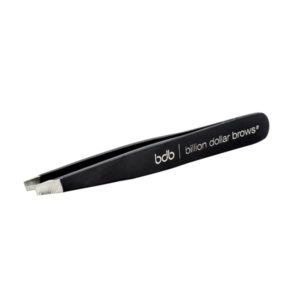 BDB Tweezer
BDB Tweezer 
